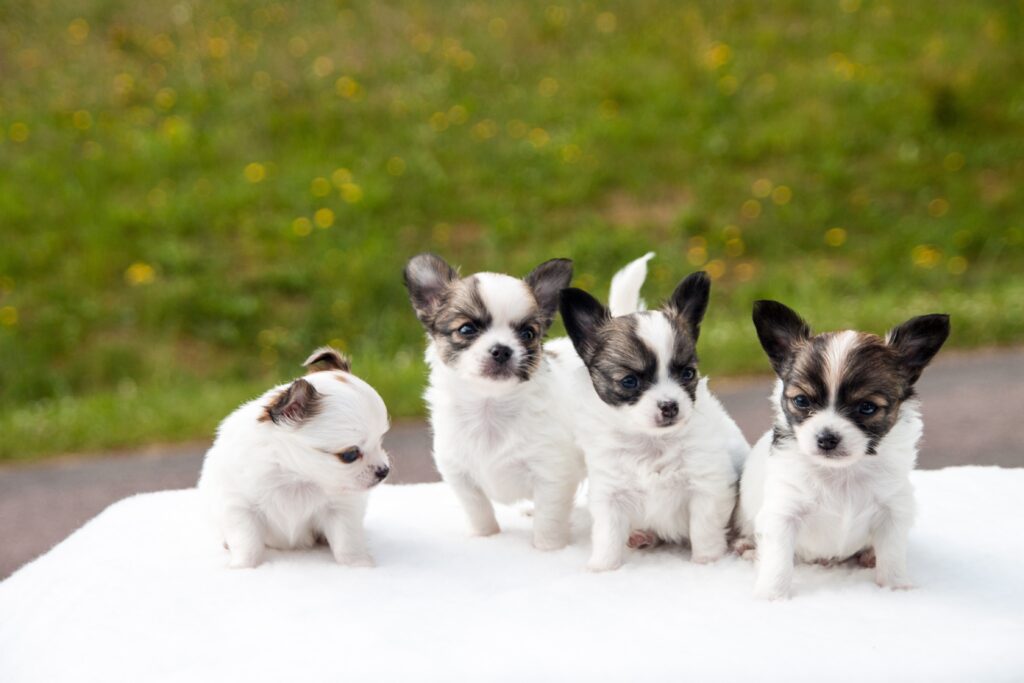Researchers at the VUB and ULB have developed an AI protocol that allows them to determine whether online advertisements about pet sales are linked to illegal pet trafficking. The Animal Welfare project is one of several pilot projects set up by FARI, the artificial intelligence institute of the VUB-ULB universities.
FARI, AI for the Common Good Institute Brussels, has been operational since this year and receives funding from the European Commission’s recovery plan. It operates in the fields of artificial intelligence and robotics. “In those domains, FARI is an interface, a mediator, connecting research groups with Brussels stakeholders who have a concrete AI question, helping them, especially with domain experts and services,” says Hans De Canck, co-director of the VUB co-leader of FARI.
The project to screen online ads came about at the request of the Brussels animal welfare association, as it is struggling with an understaffed administration and thus had to look for other ways to detect abuses. To meet their request, the researchers at FARI combined several AI models to develop a positive and secure solution for analysing numerous ads offering pets and other animals on sites like 2ndhands and Facebook.
“The sites advertise animals without the necessary vaccination documents or other references.”
Many of these ads come from rogue traders. “The sites advertise animals without the necessary vaccination documents or other references,” says De Canck. “Behind many of these ads, sometimes with cute pictures of animals, there are illegal or at least questionable business practices. With the right AI models, you can relatively efficiently pick out illegal animal trafficking from the sea of ads.”
About 33,500 ads have been screened since January 2022, and researchers are still screening 200 daily. Legally, not one of those ads was completely acceptable. More than 8,000 ads were about dogs, more than 6,000 offered birds, and almost 4,000 were about cats. In addition, fish (about 3,200), sheep and pigs (more than 2,500), rodents (2,300), horses (2,000), reptiles (almost 2,000) and rabbits (1,800) were also offered.
Four per cent of the ads came from breeders, and the total value of the ads is estimated at almost 8 million euros. Half of the ads came from Flanders, 40 per cent from Wallonia and 10 per cent from Brussels.
